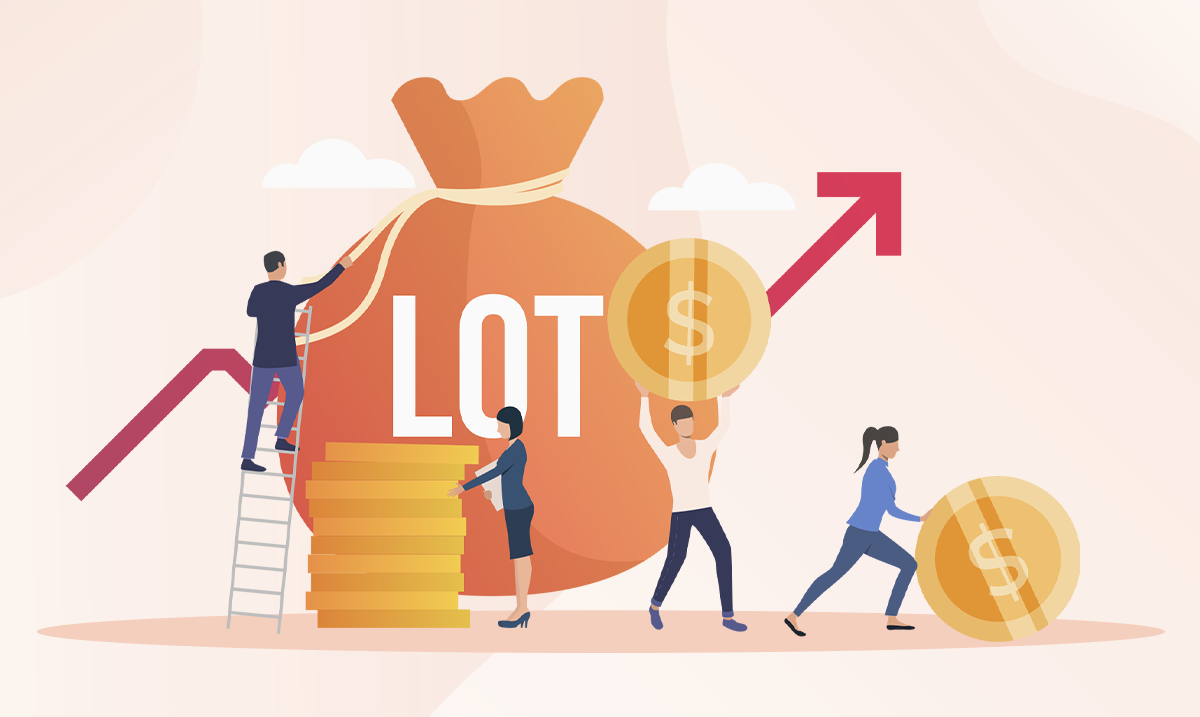Win Rate
Most traders focus on the Win Rate. It can be very tempting for a trader to reach a stage where he almost wins most trades. While it sounds logical, having a high win rate does not necessarily mean you will be a successful or profitable trader. The win rate shows how many trades you have won out of your total trades. For example, if you make five trades per day and win three, your daily win rate is three out of five, or 60%.
Also, if there are 20 trading days in a month and you win 60 out of 100 trades, your monthly win rate is 60%.
At first glance, a win-loss ratio above 50% may seem advantageous, but it is not a sure sign of success. You might win, but if your losses are worth more than your wins, you still won't make a profit. Suppose a trader has won 6 trades out of 10 in a major currency pair but has won 1 pip on each winning trade and lost two pips on each losing trade. Although this trader closed 60% of his trades with profit, in the end, he had six pips profit and eight pips loss, and he lost two pips of his account balance in a total of 10 trades.
Profit Amount = 6 x 1 pips = 6 pips
Loss rate = 4 x 2 pips = 8 pips
Account balance = 8 – 6 = -2
Therefore, considering the win-to-loss ratio alone cannot lead to a trader's profitability, he must include another component, the risk-to-reward ratio, in his capital management strategy.
Risk/Reward Ratio
The risk-to-reward ratio (R/R) is calculated by dividing the profit amount you anticipate earning in a trade (take profit) by the loss amount you expect for that trade (stop-loss). Therefore, in this formula, the exact ratio of reward to risk is obtained, but they often use the term Risk-to-Reward ratio. Most traders gravitate towards making quick buy or sell deals using short-term analysis and signals. So, as a rule, every transaction has a stop-loss order. A stop-loss order determines how many dollars or pips you want to risk on a currency or commodity pair.


Assuming that you choose the best broker for trading gold and that the spread and commission costs are insignificant, you are willing to risk one dollar and enter into a buy trade at the $1900 price and set your stop-loss at the $1899 price. Your risk is fixed on one dollar, but you must consider your possible profit in this trade to accept this risk. When you consider 1902 as your target price, your risk-to-reward will be 2, which seems an acceptable condition in capital management strategies.
Stop-loss distance from the entry point = 1899-1900 = 1
Target distance from entry point = 1900 – 1902 = 2
Risk to reward ratio = 1 ÷ 2 = 2
However, this R/R ratio cannot guarantee your success. Let's assume you only win 30% of your trades.
Profit Amount = 2 × 3 = 6
Account balance = 7 – 6 = -1
As a result, out of 10 trades, you will have a $6 profit and $7 loss and still lose $1.
The connection between win rate and risk-to-reward
Traders must strike a balance between win rate and risk-to-reward. As we discussed in the above examples, if the risk-to-reward ratio is significantly low, the high win rate is meaningless, and if the win rate is significantly low, the high risk-to-reward ratio may be pointless and lead to the loss of the trader in both cases. Consider one of the following strategies:
- If you have a high win rate, your risk to reward can be lower. You are profitable with a 60% win rate and a risk-to-reward of 1. Now, you will have more profit with a 60% win rate and a high risk-to-reward ratio.
- If you have a win rate of 50% or less, your winning trades should be higher than your losing trades. If the risk-to-reward is above 1.5, you can be profitable with a 40% win rate.
Personalized Ideal Ratios
Since forex traders trade in various conditions, they should look for a strategy that will win at least 40-70% of the time. A percentage above 70 is difficult to win, and below %40 indicates a weak trading strategy.
Read More: What Is A Trading Strategy? Steps To Build A Winsome Trading Strategy In Forex
This Win Rate allows flexibility in the risk-to-reward ratio. Try to make your profit slightly more than your loss. The minimum amount of profit should be about 1.5 times more than the trade's risk, meaning if you lose a dollar by getting a stop in a transaction, your target transaction should have a profit of at least $1.5. With this R/R ratio, you can likely still be profitable even if you win 40% of your trades.
Summary
Traders must evaluate the quality of their wins and losses. Quality in trading means considering win rate, risk-to-reward ratio, number of losing trades, and acceptable risk when entering a buy or sell trade. A balance between the win rate and the risk-reward ratio is created by considering all these components, which is significant for a trader's success. Your ideal combination depends on your trading style. Remember that you don't need a very high Win Rate or Risk/Reward to be successful. Create balance and strive for stability.
























